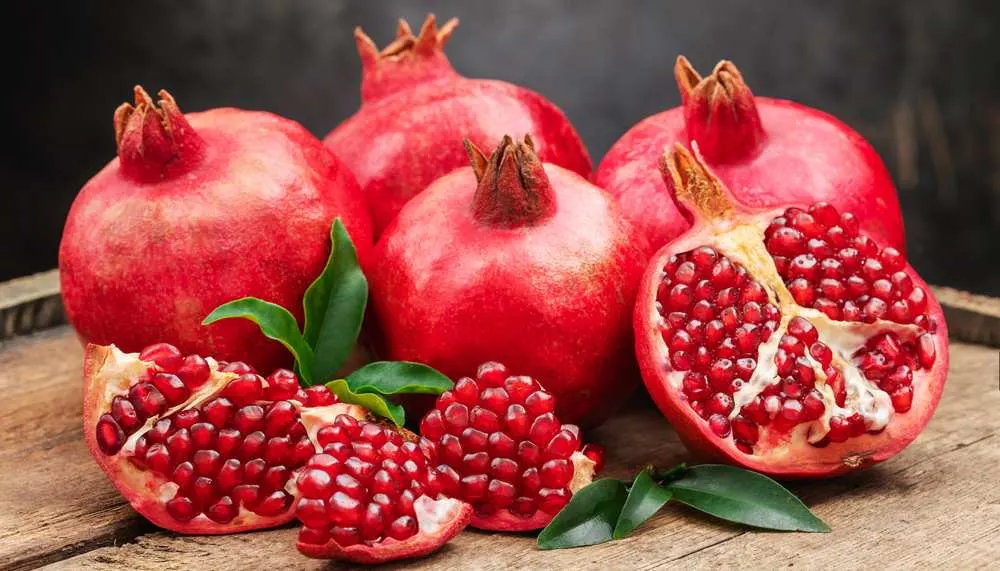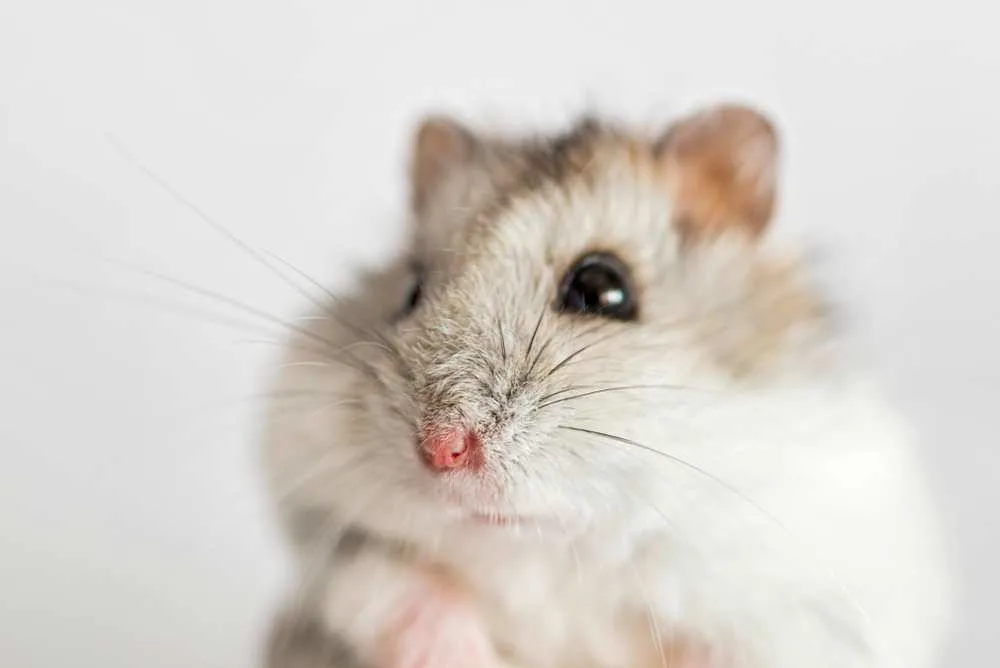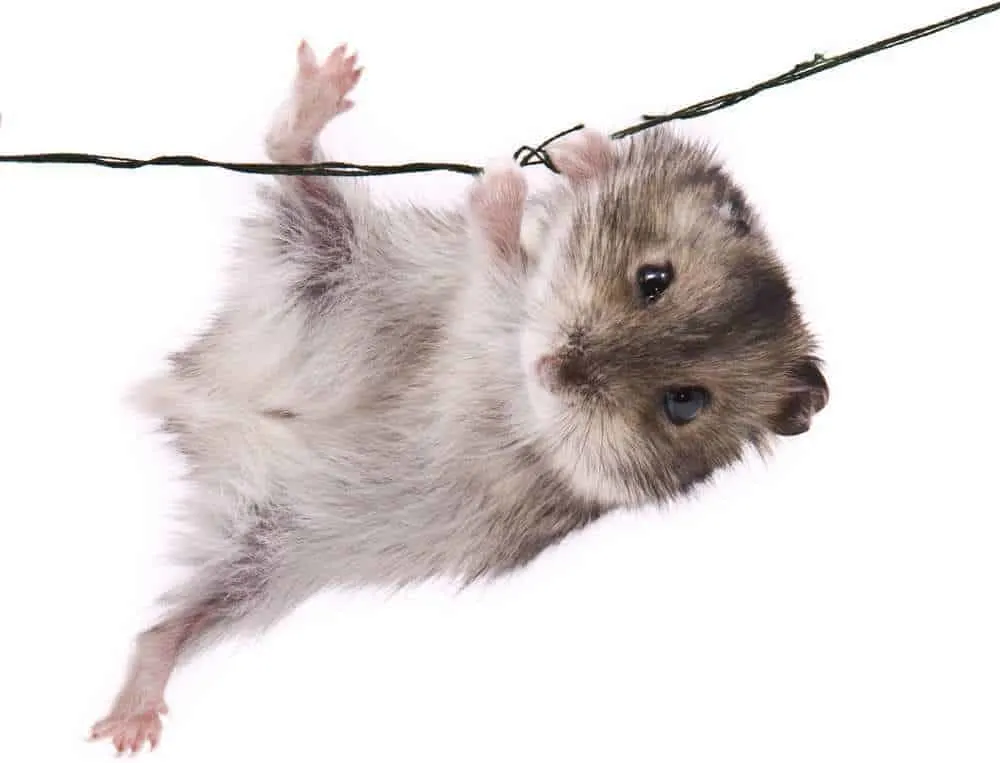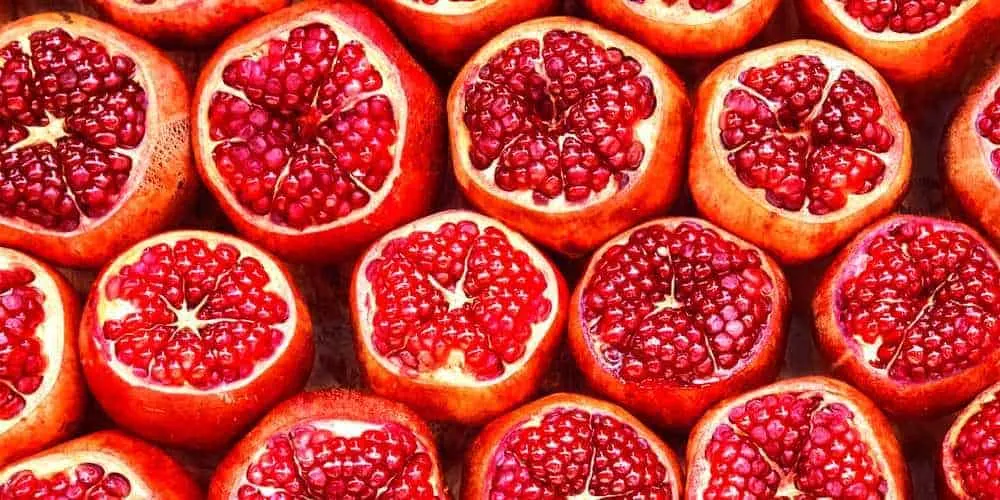Not sure if introducing some new treat to your hamster’s diet is a good idea? You are currently looking at pomegranates and wondering if your pet is allowed to consume this?
Pomegranate is a very nutritious fruit that is certainly known to all of us. Its seeds are delicious, and sometimes even juice is made from them. However, is this acceptable in the diet of our pets as well? More precisely, can hamsters eat pomegranate?
This fruit seems to bring more harm than good to your pet hamster. It would be best to stay until the end of this article and figure out why pomegranates are not on your hamster’s treat list. You may even discover something else you didn’t know before.
Keep on reading!

Can Hamsters Eat Pomegranate? Dangerous Sugar Levels
If you thought of adding a couple of pomegranate seeds to your hamster’s meal after lunch, stop right there!
You should never give this to your pet, and the biggest reason is the high sugar levels that are found in the seeds of this fruit. To make it more clear, here’s a visual representation of pomegranate’s nutritional facts to help you.
| Calories | 128 |
| Fat | 2 gr |
| Sodium | 5 gr |
| Carbs | 29 gr |
| Fiber | 6 gr |
| Sugar | 21 gr |
| Protein | 3 gr |
As you can see, the sugar level in pomegranate is very high. This can be a warning sign to us, not just our pets.
However, today the main topic is your pet hamster – 21g of sugar is much more than what your hamster’s body and the organism can handle!

Hamster Diabetes
As a side effect of pomegranate, we put a high sugar level for a common reason – animal diabetes!
Diabetes in hamsters is not uncommon at all if you thought so. Given the delicacy of their body and a somewhat limited diet, problems can easily occur if they deviate from the usual diet.
In this case, it is diabetes – a topic that is very serious and, in most cases, requires the help of a veterinarian.
Attention: If you have a Dwarf hamster in your household, the chances that it will develop sugar-related problems and diabetes later on in life are higher. This is purely genetic, and this breed is more prone than others.
What Are The Symptoms?
With such health problems, the most important thing is to recognize the signs in time. So, below are the symptoms that are most often consistent with hamster diabetes.
Pay attention to the following red flags:
1. Frequent Urination
Frequent urination is one of the initial signs of diabetes in hamsters. This can also mean that your hamster defecates every 20 minutes. Admittedly, these are critical cases. When you control your hamster’s cage, you’ll notice wet bumps and an unpleasant pungent odor – something like nail polish.
2. Dehydration
You should be concerned if you notice that your hamster has been drinking a lot more water lately. These are usually animals that need a lot of fluids, but if their water bowl is empty several times during the day – something is wrong. Dehydration is a sign that your hamster’s body is not functioning properly, and this can affect the appearance of their skin.
3. Change In Appetite/Significant Weight Loss
The aspect that is most affected by unequal sugar levels is diet. Potential diabetes problems can make your hamster eat less / more. Changes in appetite mainly lead to weight loss or weight gain. For example, hamsters prone to diabetes lose a lot of weight very quickly, which becomes evident after a week. So, please pay attention to whether your hamster ate everything you gave him.
4. Thick Yellow Nails
From the influences that are visible to the naked eye, we can single out thick yellow nails as the most common sign of diabetes. This usually occurs at a late stage when professional help is needed. Since you take care of the length of your hamster’s nails and cut them periodically, pay close attention to appearance. If they are thicker than usual and have a dark yellow color – check with your veterinarian.
What’s Next?
Once you’ve noticed one / more of the symptoms above, it’s time to take matters into your own hands and take your hamster to the vet for a checkup. There, in the office, the vet will most likely do a couple of tests, make a diagnosis with certainty and tell you how severe your case is.
Diabetes is a very serious condition that requires constant care. For a simple reason, it is very important that you do not avoid regular checkups with a veterinarian because they are crucial for the health of your pet in most cases.
Possible Treatment Methods
It is very important to note at the beginning that treatment methods depend on the hamster and how it reacts to it. For example, it does not necessarily mean that every hamster will only receive “insulin shots.”
Today, the most common and most successful treatment methods include:
- Fenugreek
- Tablets
- Insulin shots
Fenugreek: This method of treating diabetes is one of the oldest, and it involves giving this herb to your hamster from time to time. This may not be the most effective, but the owners claim this helps them and that it is useful.
Tablets: Tablet therapy is also a very useful method. It may even be more effective than the last, but sometimes this is not easy to include in your hamster’s diet. Since this means crumbling and throwing it into their food and water, they can refuse food very easily.
NOTE: One should be very careful with the dose and not overdo it because this can be fatal!
Insulin shots: Although your hamster probably won’t like this, insulin shots are still the most trusted option when it comes to diabetes therapy. It is better because this goes directly into the hamster’s body instead of food and plants that your pet may not digest properly.

Other Threats Of Pomegranates
Unfortunately, the danger of diabetes is just one in a series of problems that can arise after your hamster consumes this in excessive amounts. It would be useful to mention other dangers, so here they are:
- Allergies
- Digestive problems
- Lower blood pressure
Keep in mind that this is one exotic fruit that can be very tricky after ingesting it in large quantities. This makes it especially dangerous for your hamster, as it can lead to an allergic reaction.
After a hamster ingests a certain number of pomegranate seeds, allergic reactions can be seen in hair loss, rashes, itching, and even mouth swelling.
Next, problems with digestion. If we are completely honest, this is totally expected from fruit like this. As with the previous problem, your hamster is not used to such strong food.
Eating an excessive number of pomegranate seeds can create a digestion problem. Your hamster will most likely have stomach problems for a few days before you finally notice the symptoms.
The last problem is related to low blood pressure. Given the amount of protein and sugar in this fruit, this can upset your hamster’s diet balanced and drastically lower blood pressure.
Symptoms are mostly unsteadiness, blurred vision, shortness of breath, etc.

Where To Keep Pomegranates?
Since pomegranate should not be found near your hamster, you should know exactly where to keep this fruit. Logically, when you buy this fruit, what you eat the most are its seeds. Here’s how to store them appropriately:
Pomegranates, like whole fruits, should be kept in a dark place, where it is cool and where there is no danger of moisture or insects. So the best choice would be a kitchen pantry.
On the other hand, it would be best to put the pomegranate seeds in a container, close it, and put them in the refrigerator.
The whole fruit in the refrigerator lasts for 2 months, while the seeds in the container in the fridge can last up to a week. Some people recommend freezing these seeds. However, this is bad because when they freeze them, pomegranate seeds lose their nutritional value.
Also, don’t think of giving cold seeds straight from the fridge to your hamster!
Signs Of Spoilage
The only thing worse than giving your hamster pomegranate seeds is giving bad pomegranate seeds. And here’s how to check if they are fresh or rotten:
- Weight: If your pomegranate is light, it probably means that the seeds inside it have dried out and are spoiled.
- Black spots: Black spots are the most common indicator of whether pesticides have damaged your fruit.
- Mold: This is about the way you store your pomegranate. If it is exposed to moisture, you will probably see mold on it.
- Black seeds: After standing longer than the recommended time, the seeds will turn from red to brown or even black.
Learn More: What Can Hamsters Eat? A Complete Food List For Hamsters


